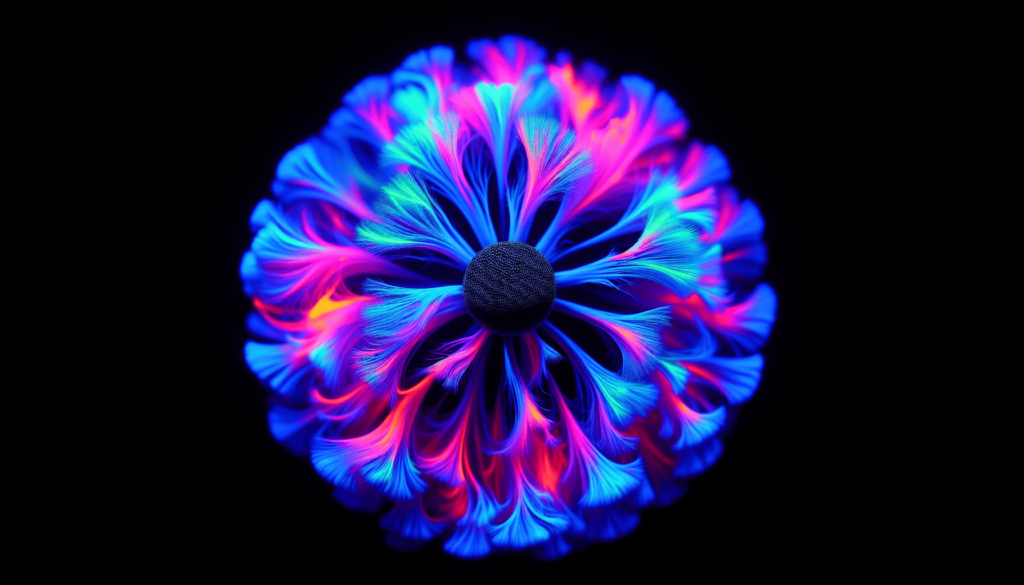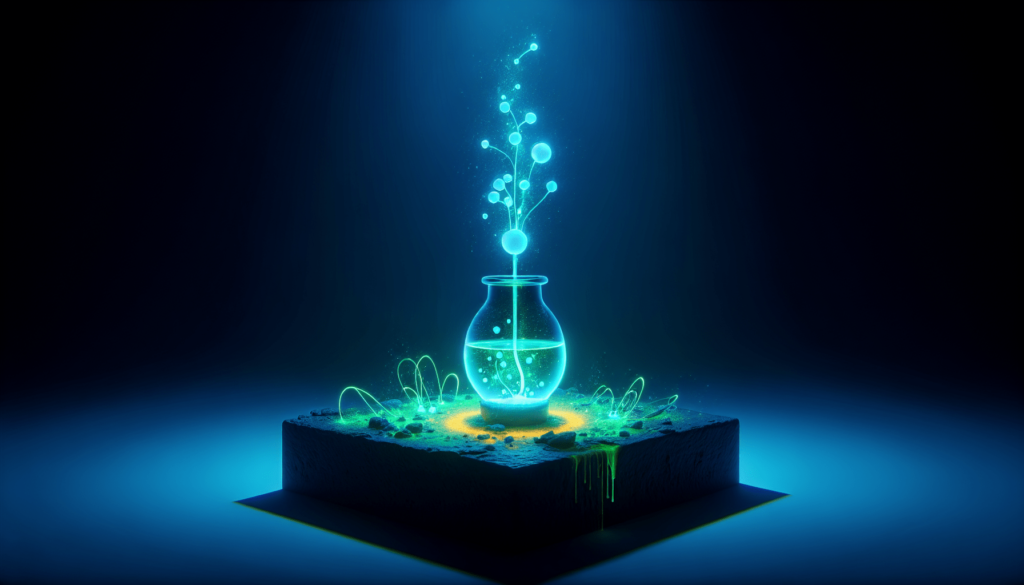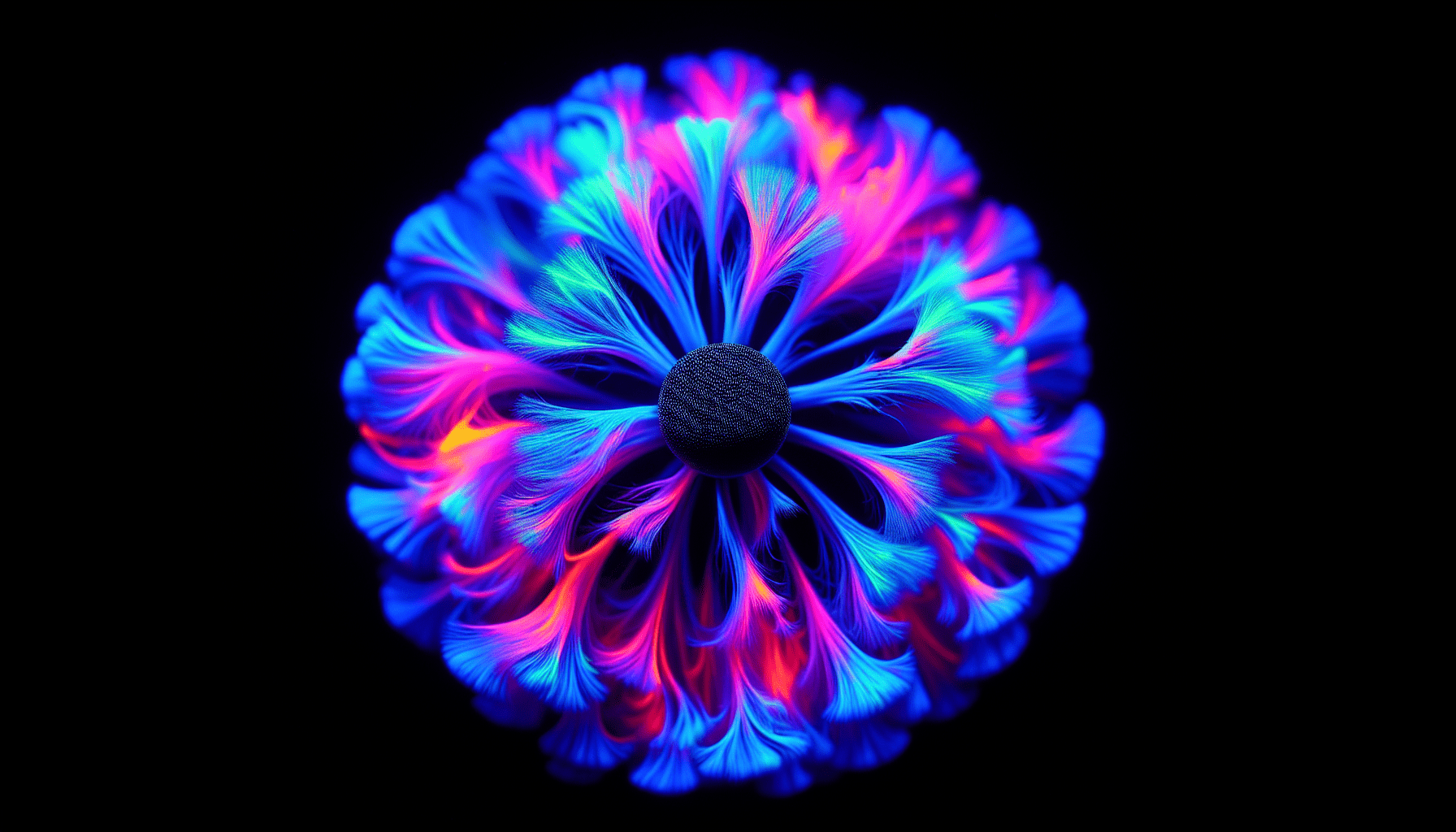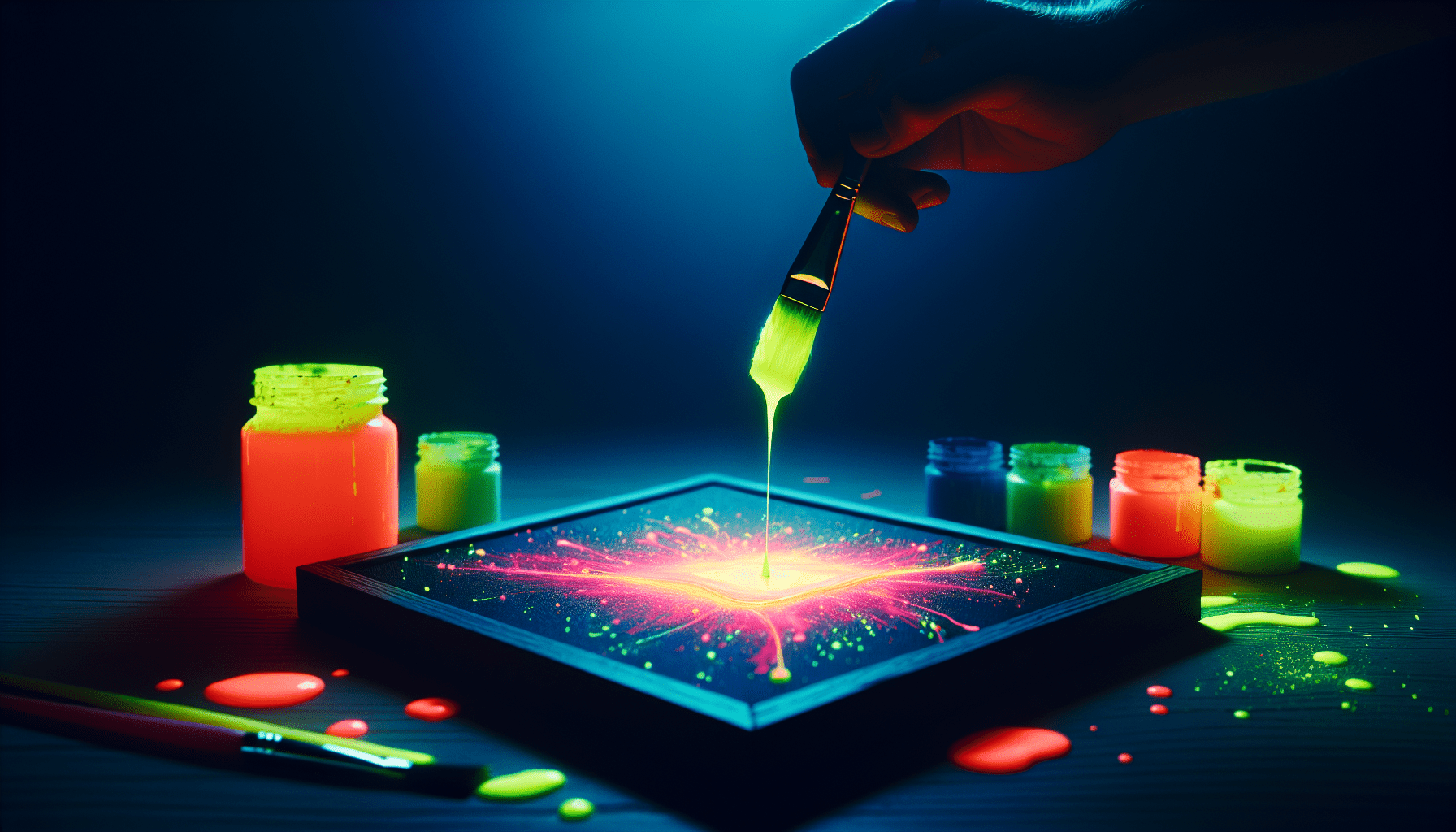Fluorescent paint, known for its vibrant colors, has long intrigued individuals with its ability to seemingly emit light on its own. However, the true charm of this paint lies in its interaction with ultraviolet (UV) light. As you explore whether fluorescent paint actually glows under UV light, you will uncover the fascinating science behind its distinctive luminescence and gain insight into the practical applications of this unique phenomenon.
Introduction
Fluorescent paint refers to a type of paint that can emit visible light when exposed to ultraviolet (UV) light. UV light, on the other hand, is a type of electromagnetic radiation that is not visible to the human eye. In order to understand if fluorescent paint glows under UV light, it is important to delve into the properties of both fluorescent paint and UV light.
Understanding Fluorescent Paint
Fluorescent paint consists of pigments that possess the property of fluorescence. This means that when these pigments are exposed to UV light, they absorb the high-energy UV photons and re-emit lower-energy photons in the visible light spectrum. This emission of visible light creates the glowing effect that is commonly associated with fluorescent paint.
The key property of fluorescent paint is its ability to absorb UV light and convert it into visible light, resulting in a brighter and more vibrant appearance compared to traditional non-fluorescent paints. This makes fluorescent paint an ideal choice for various applications where visibility, aesthetics, and unique effects are desired.
Fluorescent pigments used in fluorescent paint are specifically designed to maximize their fluorescence properties. These pigments can absorb UV light over a range of wavelengths and emit visible light in response. They are carefully selected based on their efficiency, color range, and stability to ensure optimal performance and longevity of the fluorescent paint.

Understanding UV Light
UV light is a form of electromagnetic radiation with wavelengths shorter than visible light. It is categorized into three types: UV-A, UV-B, and UV-C. UV-A has the longest wavelength, followed by UV-B and UV-C with progressively shorter wavelengths. UV light is naturally emitted by the sun and can also be generated artificially using UV lamps or lasers.
UV light affects materials in various ways. It can cause chemical reactions, such as the degradation of certain substances, fading of dyes, or the initiation of biological processes like the production of vitamin D in the skin. Understanding the properties and effects of UV light is crucial in determining how fluorescent paint reacts to its exposure.
Relationship Between Fluorescent Paint and UV Light
Fluorescent paint is specifically designed to interact with UV light, resulting in a luminescent effect. When UV light strikes the fluorescent pigments present in the paint, their molecules absorb the UV photons. This absorption elevates the energy state of the molecules, causing them to undergo a process known as excitation.
Following excitation, the fluorescent pigments release the excess energy by emitting visible light. This emission occurs at a lower energy level, typically in the range of colors determined by the specific fluorescent pigments used in the paint. Consequently, the fluorescence emitted by the paint creates the characteristic glowing effect when exposed to UV light.
The ability of fluorescent paint to react to UV light is directly influenced by the fluorescent pigments used. Different pigments have different absorption spectra, meaning they are sensitive to specific UV wavelengths. By selecting pigments with the desired absorption properties, it is possible to tailor the fluorescent paint’s response to different ranges of UV light.

Scientific Explanation
The phenomenon of fluorescence can be explained by the principles of quantum mechanics. At the molecular level, the absorption and emission of photons are governed by the electronic structure and energy levels of the fluorescent pigments. When a fluorescent molecule absorbs a photon, it undergoes a quantum transition from its ground state to an excited state.
The excited state is temporary and unstable, as the molecule tends to return to its lower energy ground state. This transition is accompanied by the emission of a photon with less energy than the absorbed photon. The emitted photon corresponds to a specific wavelength, determining the color of the fluorescence observed.
UV light plays a crucial role in the excitation of the fluorescent molecules. The higher energy of UV light provides sufficient energy to promote electrons within the molecules to higher energy levels. This excitation initiates the fluorescence process, leading to the emission of visible light. Consequently, UV light acts as a catalyst for the fluorescence phenomenon in fluorescent paint.
Applications of Fluorescent Paint
Fluorescent paint finds applications across a wide range of industries and purposes. In industrial settings, fluorescent paint is frequently used for safety signage, markings, and high-visibility applications. The vibrant colors and luminescent properties of the paint ensure clear visibility and enhance safety in areas where low lighting or hazardous conditions exist.
Fluorescent paint also plays a crucial role in safety and security applications. By using UV light sources, fluorescent markings or coatings can be employed for counterfeit detection, property identification, and enhancing the visibility of safety equipment. The unique fluorescence emitted by the paint serves as a reliable method for authentication and identification.
In the realm of art and decoration, fluorescent paint offers artists and designers unique opportunities to create captivating visual effects. The ability of the paint to glow under UV light adds an element of surprise and dynamism to artworks, stage designs, or themed environments. It enables the creation of visually stunning displays that elicit a sense of awe and wonder.
Types of Fluorescent Paint
Fluorescent paint is available in different formulations, each tailored to specific requirements and preferences. The formulation of fluorescent paint may vary based on the type of binder used, such as acrylics, oils, or water-based mediums. These formulations determine the paint’s texture, drying time, and compatibility with different surfaces.
Fluorescent paint also varies in color and fluorescence intensity. There is a broad range of fluorescent pigments available, each producing a different fluorescent effect. The choice of color and fluorescence intensity is a matter of personal preference or application-specific requirements. Manufacturers offer a wide selection to cater to a diverse range of artistic, industrial, or decorative needs.
When choosing the right type of fluorescent paint, it is essential to consider factors such as the desired effect, the stability and longevity of the paint, and the intended surface for application. These considerations can help ensure the paint’s optimal performance and longevity, resulting in the desired visual impact and durability.
Practical Experiments and Observations
Conducting experiments to test fluorescent paint under UV light can help deepen our understanding of its properties and behavior. By applying different fluorescent paints to various materials and subjecting them to UV light sources, we can observe the fluorescence intensity and color emitted.
During these experiments, it is possible to compare the performance of different brands or types of fluorescent paint. Observations can be made regarding the vibrancy, longevity, and overall quality of the fluorescence produced. The data collected from such experiments can be valuable for artists, manufacturers, or researchers to make informed decisions regarding the selection and optimization of fluorescent paint.
Safety Precautions
Working with fluorescent paint requires certain safety precautions to ensure the well-being of individuals and the environment. When handling fluorescent paint, it is advisable to wear protective clothing, gloves, and safety goggles to avoid skin contact or inhalation of paint particles. Adequate ventilation is also necessary to prevent the accumulation of fumes.
UV light safety guidelines should also be followed when working with UV light sources. Direct exposure to UV light can cause damage to the eyes and skin, leading to long-term health risks. Shielding the eyes and skin with appropriate UV-rated protective gear, such as goggles and clothing, is essential when handling UV light sources.
Disposal of fluorescent paint and related materials should be done in accordance with local regulations. Some components of fluorescent paint, such as solvents or binders, may have specific disposal requirements due to their potential environmental impact. It is important to responsibly handle, store, and dispose of fluorescent paint and any associated materials to minimize environmental contamination.
Conclusion
In conclusion, fluorescent paint does indeed glow under UV light due to the phenomenon of fluorescence. Fluorescent pigments used in the paint absorb UV light and emit visible light, resulting in a bright and vibrant glow. Understanding the interaction between fluorescent paint and UV light is crucial in various contexts, from industrial safety applications to artistic creations.
Advancements in fluorescent paint technology hold the potential for future developments and improvements. These may include enhanced color range, increased durability, and improved compatibility with different surfaces. By expanding our knowledge of the interaction between fluorescent paint and UV light, we can continue to unlock new possibilities and applications for this fascinating type of paint.



